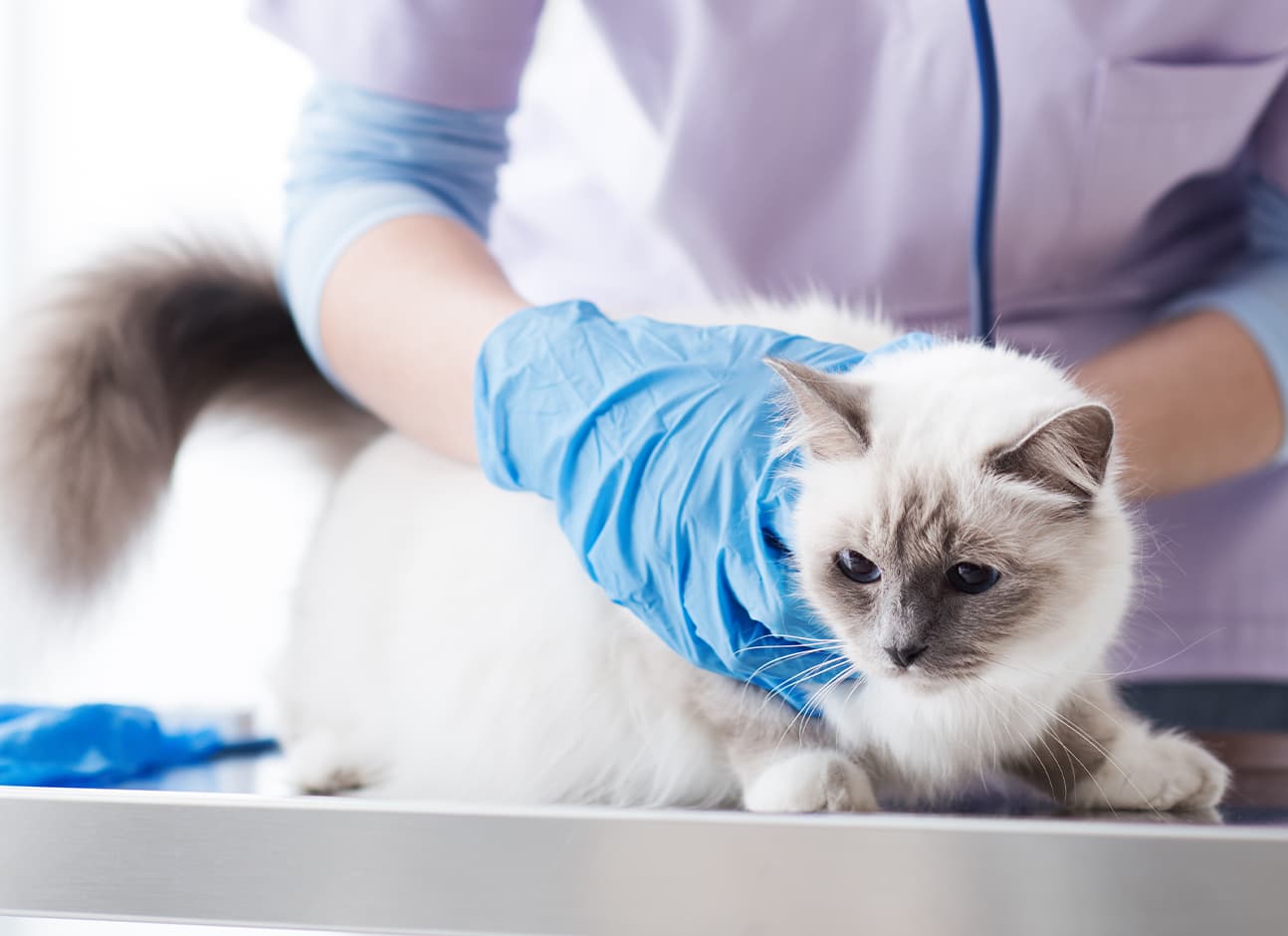A luxating patella occurs when the patella or the kneecap pops out of place. If the kneecap is not working properly, it may move in and out of the trochlear groove on which it sits. This will make it more difficult and painful for your cat to walk, run, and jump about. Patellar luxation is marked by four grades with grade 4 indicating the most severe condition of a dislocated kneecap.
A luxating patella in your cat can be the result of several reasons including congenital abnormalities, trauma or injury, and congenital malformations caused by genetic factors. It can also occur when the trochlear groove is too shallow to contain the kneecap. Certain cat breeds like the Abyssinian, Devon Rex, and the Burmese are more likely to develop patellar luxation.
Some symptoms of a luxating patella include periodic lameness, licking or chewing near one or both knees, and limping in one or both legs. You can also hear a clicking or popping sound every time you move your pet’s impacted knee(s). If you notice such signs in your cat, you must take them to the veterinarian right away. This is because delays can lead to the progressive worsening of the condition.
Patellar luxation is diagnosed through the physical examination of the kneecap during the palpation of the affected joint. Your veterinarian will also require your pet’s complete medical history and may call for an x-ray scan to confirm diagnosis. Depending on the grade of patellar luxation, initial treatment involves rest and exercise regulation as well as anti-inflammatory or pain medication. However, in the case of a Grade 3 or 4 luxating patella, surgery will be more effective in correcting the condition and preventing other problems including osteoarthritis.
You can also minimize the risk of your feline friend developing patellar luxation by protecting them against injury. This can be done by monitoring your pet’s movement to prevent them from jumping onto higher places in the house. If you have any questions or concerns related to patellar luxation, you can always reach out to your veterinarian.
Say goodbye to mobility issues and let your pet thrive with our Physiotherapy services. Discover the difference!
